| 주 저자 | Park B.C. |
|---|
| 공동 저자 | A.S. Choi, J.W. Jeong, E. Lee. |
|---|
| 소속 | * Department of Architectural Engineering Sejong University Kunja-Dong Kwangjin-Gu Seoul Korea 143?747, ** Building Technologies Departmetnt Lawrence Berkeley National Laboratory 1 Cyclotron Road MS 90R3111 Berkeley CA 94720 |
|---|
| Abstract | Daylight responsive dimming systems continuously adjust
electric lighting output with an algorithm to maintain target illuminance
levels at the workplane in combination with available daylight. A key
factor of closed-loop proportional control algorithms is the ratio of
photosensor response to daylight illuminance at the workplane. This
ratio determines in part the control slope (M) between dimming level
and lighting output. Although this ratio is known to vary significantly
with sun and sky conditions, it is typically set to a fixed value at the
time of calibration. Such practice adversely affects the accuracy and
therefore reliability of these systems.
To investigate how to improve performance, a solstice-to-solstice
experiment was conducted in a conventional private office mockup with
a large-area, south-facing window and a fixed height roller shade
positioned to block direct sun for most hours of the year. This simple
preliminary case was used to explore and define the methods for
derivation of improved control algorithms with the intent of studying
more complex cases in future work. First, variations in the ratio of
photosensor signal to daylight workplane illuminance were analyzed
using a divided time period, clearness index (KT) ratio, and the ratio of
diffuse solar irradiance to global solar irradiance on an exterior
horizontal surface (Id/IT). Second, an improved closed-loop proportional
control algorithm was suggested based on least square fits to the
experimental data assuming that commissioning would occur at
targeted times. The performance of this improved algorithm was compared to a modified conventional control algorithm and found to
deliver more reliable, accurate performance when commissioning was
performed on two targeted days within the solstice-to-solstice period.
For the improved control algorithm when calibrations were performed
based on day of the year (June/ December), the measured workplane
illuminance levels did not fall below 90 percent of the design level for
98.4 percent of the test period. For improved control algorithm when
calibrations were performed based on sky conditions (Id/IT ratio for
clear and overcast), the measured workplane illuminance levels did not
fall below 90 percent of the design level for 99.5 percent of the test
period. This study indicates that improvements to the dimming control
algorithm and commissioning practices can improve system accuracy
and may increase market adoption of the daylight responsive dimming
systems. |
|---|
| Keyword | Daylight responsive dimming systems, closed-loop
proportional controls, daylighting, photoelectric controls. |
|---|
| 페이지 | pp. 41~59 |
|---|
| 논문 파일 |
|
|---|
| 게재일시 |
2011-07
|
|---|
| DOI | - |
|---|
| 학회/저널명 | LEUKOS Vol.8, No.1 |
|---|
| 년도 | 2011 |
|---|
| 추가 문구 | doi: 10.1582/LEUKOS.2011.08.01.003 |
|---|
| 등록 일시 | 2025-06-18 13:30:04 |
|---|
